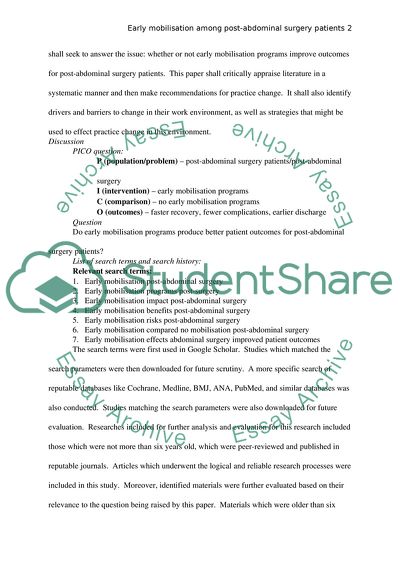Cite this document
(Benefits of Mobilisation Programs for Post-operative Term Paper, n.d.)
Benefits of Mobilisation Programs for Post-operative Term Paper. Retrieved from https://studentshare.org/health-sciences-medicine/1742115-exploration-of-clinical-practice-change
Benefits of Mobilisation Programs for Post-operative Term Paper. Retrieved from https://studentshare.org/health-sciences-medicine/1742115-exploration-of-clinical-practice-change
(Benefits of Mobilisation Programs for Post-Operative Term Paper)
Benefits of Mobilisation Programs for Post-Operative Term Paper. https://studentshare.org/health-sciences-medicine/1742115-exploration-of-clinical-practice-change.
Benefits of Mobilisation Programs for Post-Operative Term Paper. https://studentshare.org/health-sciences-medicine/1742115-exploration-of-clinical-practice-change.
“Benefits of Mobilisation Programs for Post-Operative Term Paper”, n.d. https://studentshare.org/health-sciences-medicine/1742115-exploration-of-clinical-practice-change.


